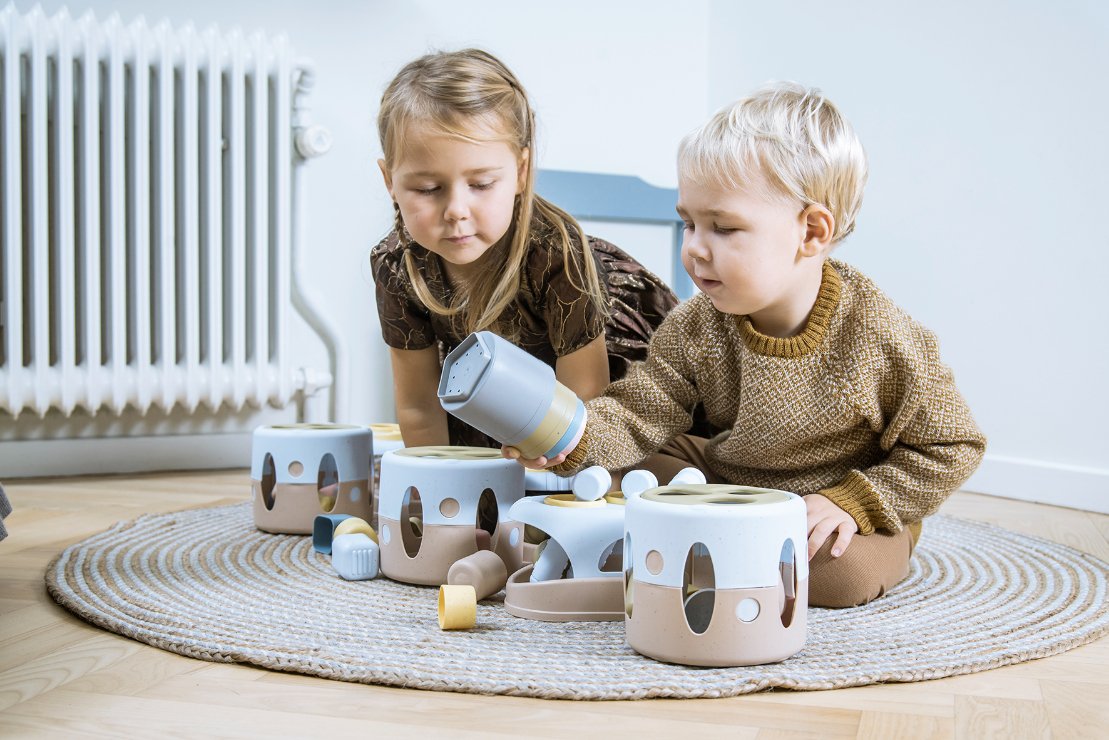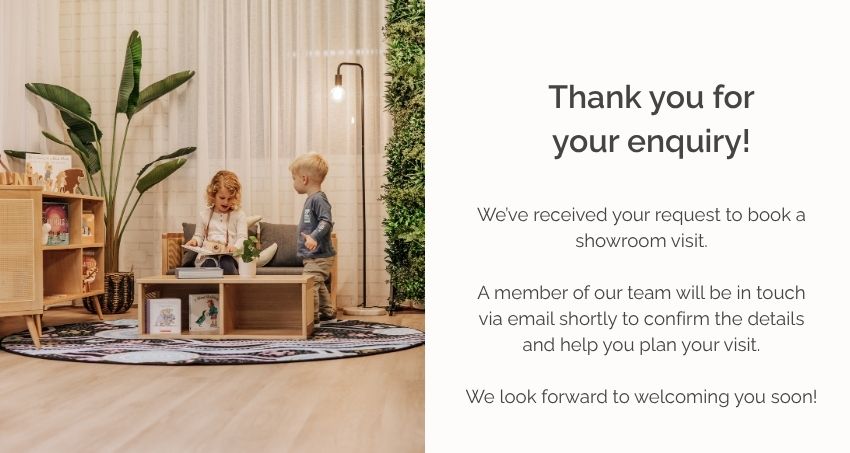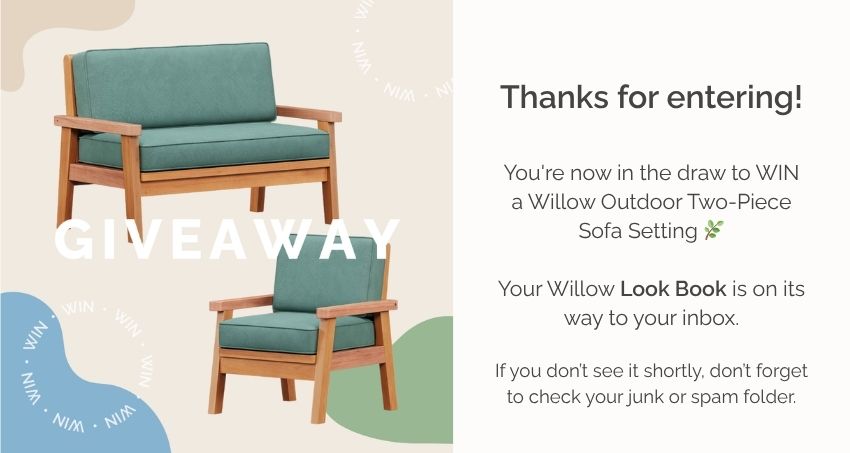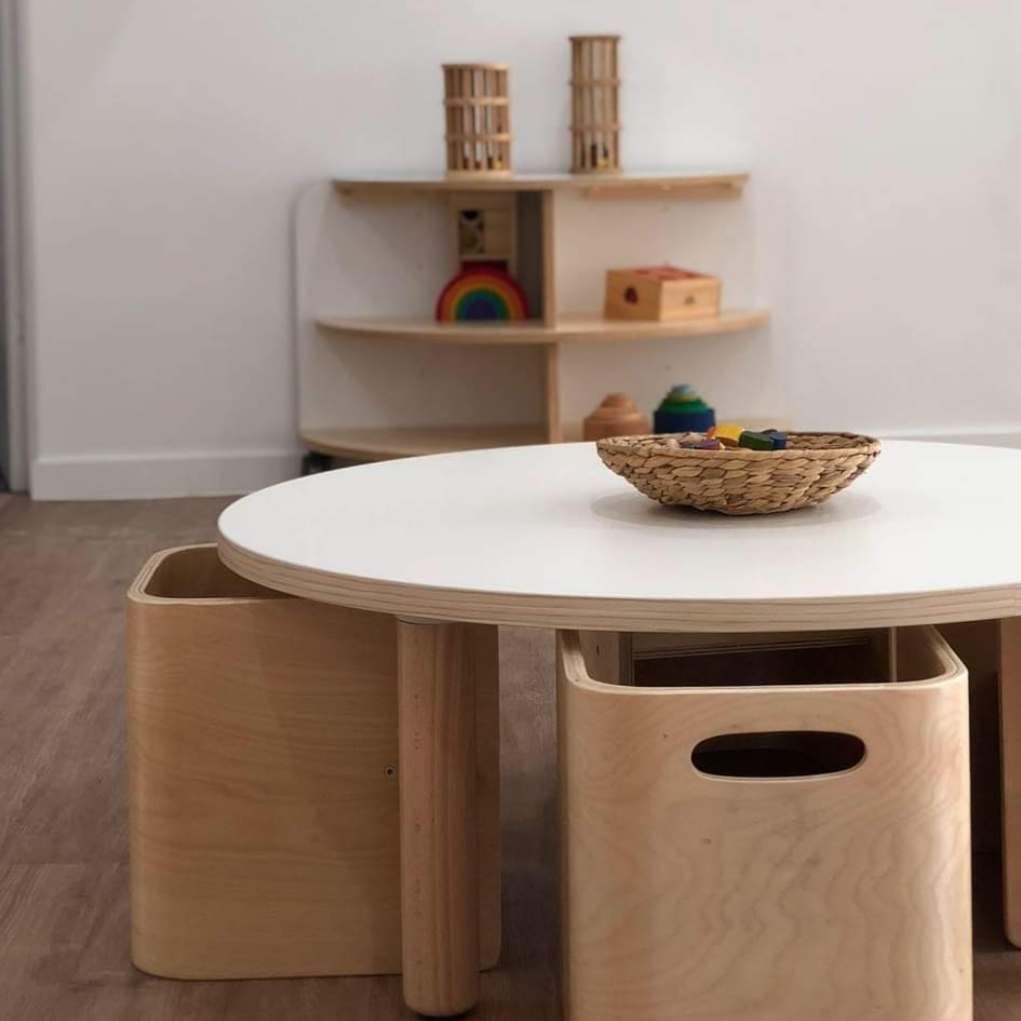
Wood vs plastic: Let’s settle the score
Often associated with being better quality, more aesthetically appealing and aligning with pedagogies such as Montessori, the popularity of quality wooden toys has soared in recent years. Bright colours, plastic and battery-operated gadgets have taken a backseat, and wooden toys are now – more often than not – taking pride of place in homes and early learning centres.
So, what is it about wooden toys, and do we really need to banish plastic altogether? Can we get to a place where plastic and wood live in perfect harmony? Are all wooden toys really made equal, and are all plastic toys doomed to the rubbish bin in a week’s time?
Let’s settle the score once and for all…
-
Not all wood is the same
There are clear benefits to wooden toys. Wooden blocks, balls, bowls and tiles are all considered open-ended and versatile for a wide range of ages – something that’s important when bulk purchasing resources for an early learning centre. The texture of wooden toys varies also, creating a sensory experience for children.
While all toys must meet the Australian Safety Standards before they hit the market, some materials are better than others when it comes to durability, ethics and value for money. Some cheaper wooden toys may still be safe and functional, but the wood may not have been sustainably sourced or as good quality as more expensive toys. While it’s important to be cost-conscious, if you’re going with wooden toys and resources it’s important to consider ‘cost per use’ when looking at the upfront cost – especially with items you know will be on high rotation and played with frequently.
Beechwood and rubberwood are common materials used to manufacture wooden toys. Beechwood is especially sustainable – and as a result slightly more expensive – as the annual volume of beech harvested is lower than new growth. Rubberwood is also sustainably sourced but isn’t suitable for outdoor use. Keep toys made from rubberwood to your indoor activities.
Before purchasing any wooden resource, perhaps check to see if the brand has information on their website about the type of wood they use, how it’s sourced, and their commitment to sustainability.
-
We love wood, but plastic isn’t all bad
As much as we love good quality wooden toys for how they look and their open-ended nature, we know plastic can be just as effective!
When many people hear the term ‘plastic toys’, their minds most likely spring to loud, flashing toys that get tossed to the side after a week or once the batteries need changing.
Plastic toys these days are so much more than that – but they often get lost in the ‘wooden mania’. Some toy companies are doing really cool things in the plastic toy space – you just need to know what to look for.
What should you look for in a plastic toy?
- Made from recycled plastic – like this Dantoy Bio range
- Open-ended or can be used across a range of settings (think cars, trucks, buckets and spades and blocks)
- Not battery operated – potential choking hazard and could cause issues for neurodiverse children
-
Wood and plastic can be friends!
Finally, it’s important to note that wood and plastic toys and resources can work together in perfect harmony. There’s no right or wrong balance – it’s what fits in with your budget, pedagogy and vision.
Plastic toys are great for outdoor use – think sandpits, playgrounds and mud kitchens. You may even wish to add some recycled plastic home corner accessories to your play kitchen. Good quality wooden toys make for excellent open-ended resources inside. Bowls, blocks, trees, people…the possibilities are endless!
Plastic or wooden: What’s the verdict?
So, when it comes to plastic vs wooden toys, it’s not about picking a ‘winner’. It’s about choosing your resources consciously based on quality, your vision, sustainability, value for money and anything else that may be important to you.
We’ve handpicked a wide range of toys and resources with a strong focus on quality and educational value. You can check out our products here or call us on 1300 720 353 for guidance.











